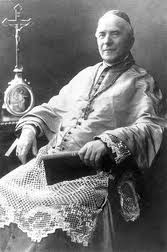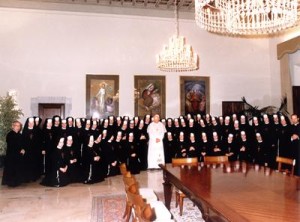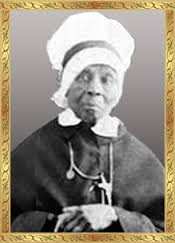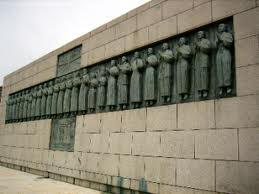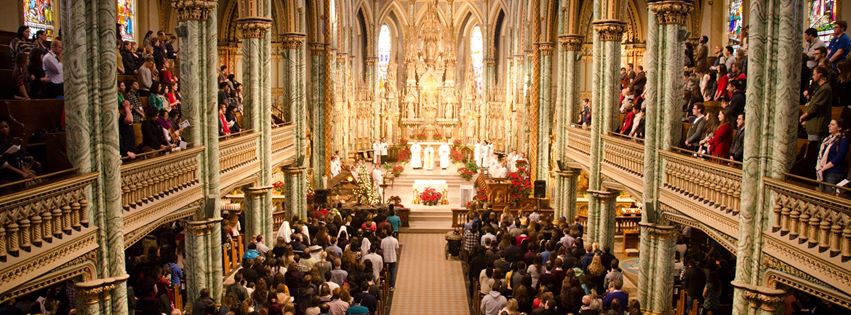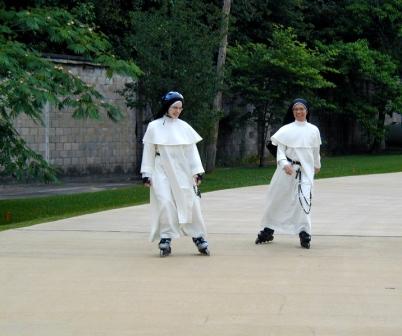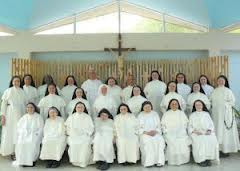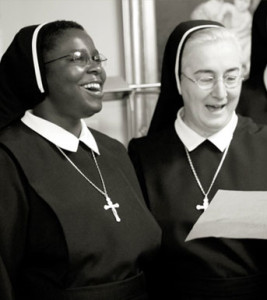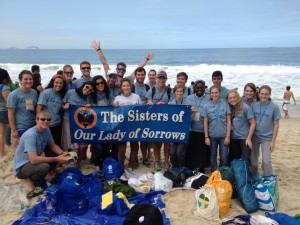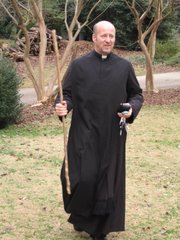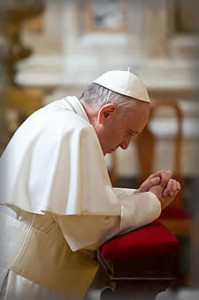Fr. Fabrizio De Michino of Naples, Italy, died recently at age 31 of a rare heart condition. At his funeral in the Basilica of Our Lady of the Snows were almost 3000 people who came to remember this dedicated servant of God. The following is his letter to Pope Francis written shortly before his death.
—————————————————————————————————–
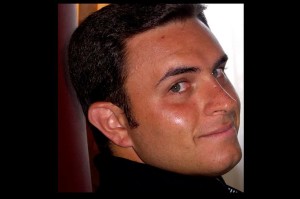 To His Holiness, Pope Francis
To His Holiness, Pope Francis
Holy Father,
In the daily prayers that I offer to God, I do not cease to pray for you and the ministry that the Lord himself has entrusted you with, so that you might always have the strength and joy to proclaim the beautiful news of the Gospel.
My name is Fabrizio De Michino, and I am a young priest of the Archdiocese of Naples. I am 31, and have been a priest for five years. I serve in the Archdiocesan Seminary as an educator in diaconal formation as well as in a parish in Ponticelli, located on the outskirts of Naples. The parish, which recalls the miracle that happened on Esquiline Hill, is named in honor of Our Lady of the Snows, and in 2014 it will celebrate the centenary of the coronation of its wooden statue, which dates back to 1500 – an image that is very dear to all the inhabitants of the parish.
Ponticelli is degraded by poverty and high crime, but every day I truly discover the beauty of the Lord’s goodness on those who trust in him and the Blessed Virgin.
I, too, have been able to grow in my love for our Heavenly Mother during my time at this parish, while also experiencing her closeness and protection in the face of my adversities. Unfortunately, over the past three years, I have been fighting a rare disease – a tumor located just inside my heart, which within the past month has metastasized to my liver and spleen. But throughout these difficult years, I have never lost the joy of being a preacher of the Gospel. Even in my fatigue, I perceive a strength that does not come from me, but from God – a strength that allows me to continue on in my ministry. There is a scriptural passage from Ezekiel that accompanies me and instills in me a confidence in the strength of the Lord: “I will give you a new heart; I will place in you a new spirit. I will tear out your heart of stone and give you a heart of flesh” (Ez. 36:26).
During this time, I have felt the close presence of my bishop, Cardinal Crescenzio Sepe, who supports me constantly, though sometimes he tells me to rest so that I might not become too fatigued.
I thank God also for my family and friends, and for my fellow priests, who sustain me while I undergo my various therapies, sharing with me these inevitable moments of suffering. My doctors also give me great support, and seem to do the impossible to find the right treatments for me.
Holy Father, I’m beginning to write at length now, but I just want to tell you that I offer all this to the Lord for the good of his Church – and for you, in a special way, so that the Lord will bless you and be with you always in this ministry of service and love.
I beseech you to include me in your prayers. I ask the Lord every day to help me to do his will, always and everywhere. I do not ask God for my healing, but rather the strength and joy to remain a true witness to his love and a priest in the model of his own heart.
Assured of your fatherly prayers, I greet you devotedly,
Don Fabrizio De Michino
Like this:
Like Loading...
 One of the most important documents affecting religious issued by Pope John Paul II was Mutuae Relationes (Directives for the Mutual Relations Between Bishops and Religious in the Church).
One of the most important documents affecting religious issued by Pope John Paul II was Mutuae Relationes (Directives for the Mutual Relations Between Bishops and Religious in the Church). 